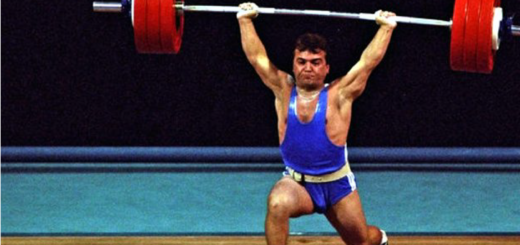Uno-X time trial helmet thing
We break our long, principled, monastic silence (read: laziness) to discuss this fucking thing:

This time-trial helmet, the Redeemer2Vi, is made by Sweet Protection, and their own copy takes some pains to obscure how strange it looks. As some folks who have mechanized some fluids, dynamized some aero a time or two, we ask…but why? If you’re Uno-X, there are a variety of reasons you might wear a rather singular helmet.
- Your sponsor said you have to.
- You want the press that you get from wearing something real weird on your head.
- You think it makes you fast.
Sweet Protection isn’t a nothing company, but they’re not a juggernaut like Specialized, where they could tell you to strap a cornette to your dome for a time trial and you would probably do it because they’re footing the bill for the team. So Reason 1 is probably out. Reason 2 is a bit harder to judge–people are talking about it, mostly to make memes about how it makes you look like Dark Helmet from Spaceballs.

Why might you think this makes you fast? Flaring out in the back isn’t new (see above), and can be used to fair in the line of the shoulders, by reducing the pressure where the neck meets the shoulders. Perhaps the most singular feature, the central hole with the rib in the middle, leads to a duct which exits near the rider’s shoulders. This might be helpful, if you do it well: by adding energy to the fluid over the rider’s back, you might be able to delay separation in that area and reduce the drag.
Do we think it makes you fast? Based on the copy, we were a bit skeptical. “100 hours of computational fluid dynamics analysis” sounds like a lot, and it might be if that’s 100 hours of processing on a large number of computational cores. Or you could read this as “we worked on this for two-and-a-half weeks”. There’s also a history of marvy-looking drag reduction technologies not exactly working as advertised in the field; if a drag reduction method is dependent on tight tolerances or being near a specific operating point, it will not do well if those tolerances have to be maintained by a very sweaty, tired man.
What was much more convincing was this interview with the designer, who indicated that they had done their optimization attempting to account for the tolerance issue. Furthermore, it was interesting to learn that the optimal width of that neck flare is not simply “as wide as you can stand”, but instead that some of the flow curving around the shoulders is thrust-producing. To account for this, Uno-X is using two helmet widths, one for smaller riders, one for larger riders. This gives some confidence that the designers didn’t simply select for weirdness first, and then work backwards toward a local optimum.
Should it be banned? There are a few reasons that the UCI might do this, which are linked to some degree.
- It’s so dominant in races that it gives an unfair advantage to teams using it.
- It turns the sport into a technical / monetary arms race, so we should constrain helmet design to forestall this.
- It looks very silly, and thereby makes cycling look silly.
Based on performance, it might be a completely lateral move, so no need to rush based on performance. In any case, if it is actually better, there’s nothing to prevent other teams from doing it. This leads directly into Reason 2. The Redeemer’s designer (Kyle Forster) indicated that they made a couple of widths to account for rider size. There’s nothing other than money preventing teams from fully customizing helmets for each rider, or further optimizing them for different conditions. It’s something that the UCI has done before, such as the steps they took to constrain time-trial bike design during the repeated runs at the hour record in the 1990’s.

This also ties directly into Reason 3. Sometimes the UCI bans things because they don’t want a technological arms race, and sometimes they say they’re doing that, but they just don’t think something “looks like bike racing”. This has a looooong history, and it’s occasionally a good impulse. Cycling would be a completely different sport on fully faired recumbents, for example. But it also leads to things like banning Graeme Obree’s hands-to-chest position based on nothing other than feeling like it had bad vibes.
To the extent that the economics of the sport are based in part on making sure that race equipment looks superficially normal, I can sort of appreciate this. But I think you lose something when you cut off this type of aerodynamic innovation before we learn what it’s edges are. It has long been the official position of this site that cheating the wind is great, especially when it looks weird, so we hope this thing sticks around a while. Or that it doesn’t, if it doesn’t make you faster.
Aren Hellum and Tara Franey




